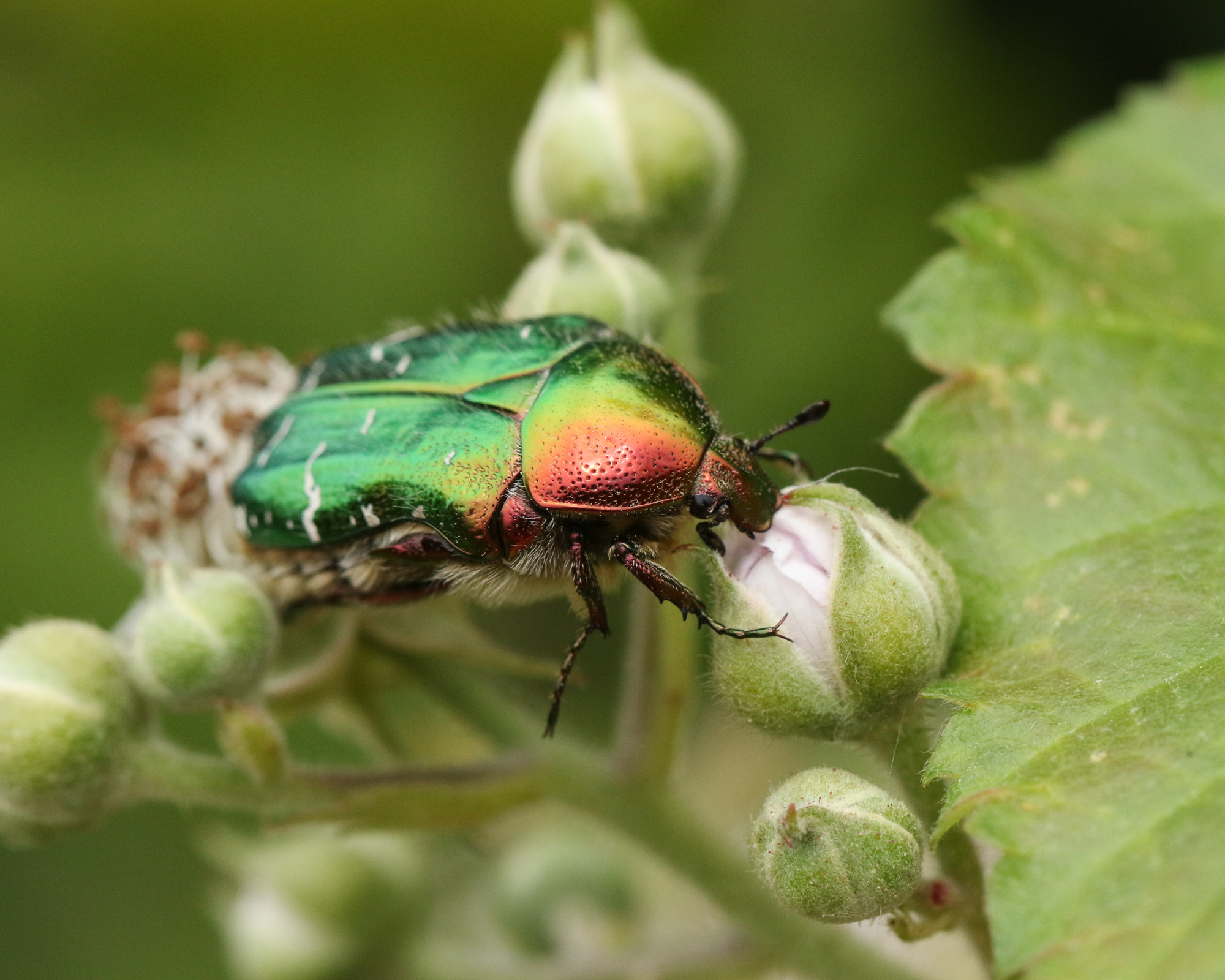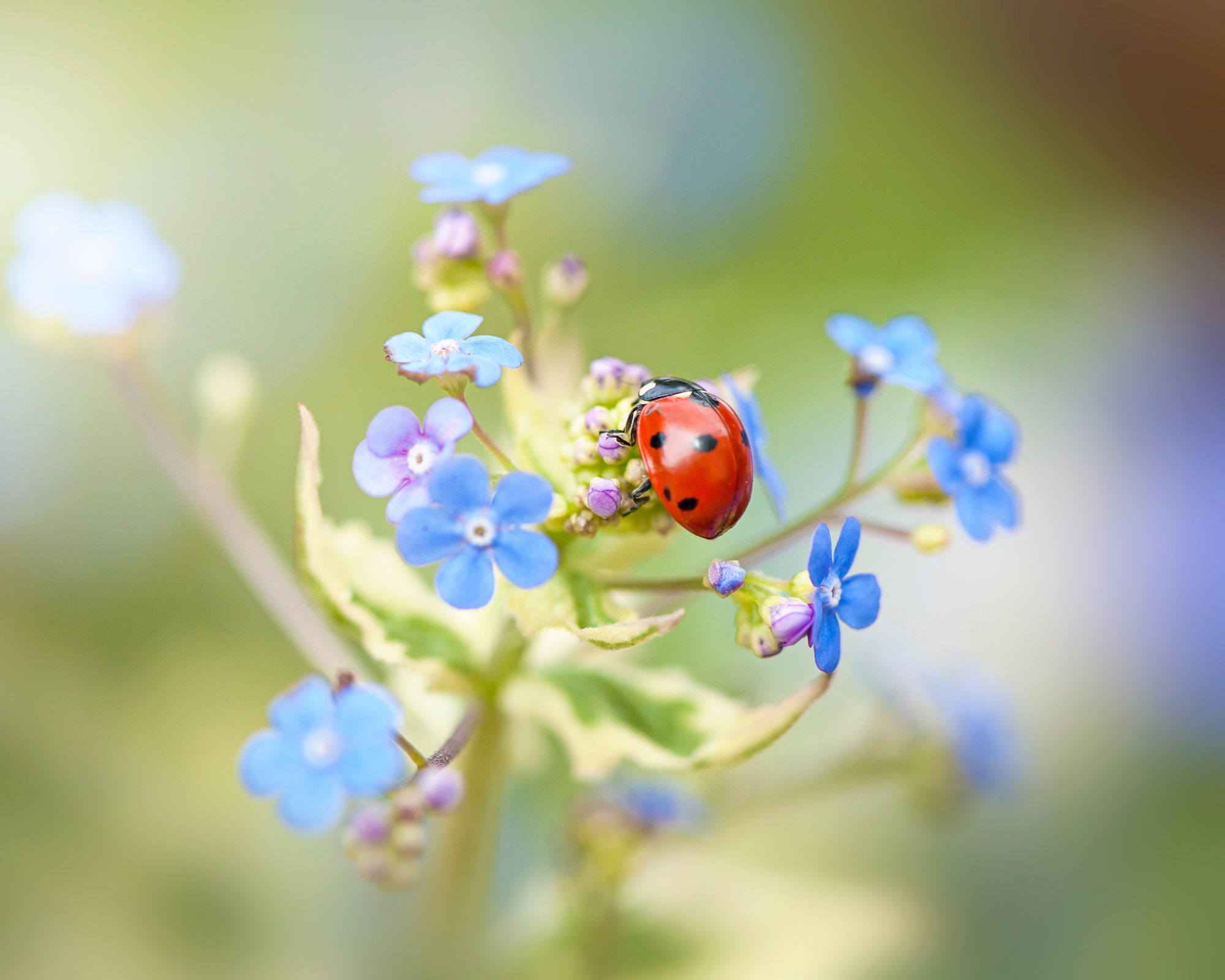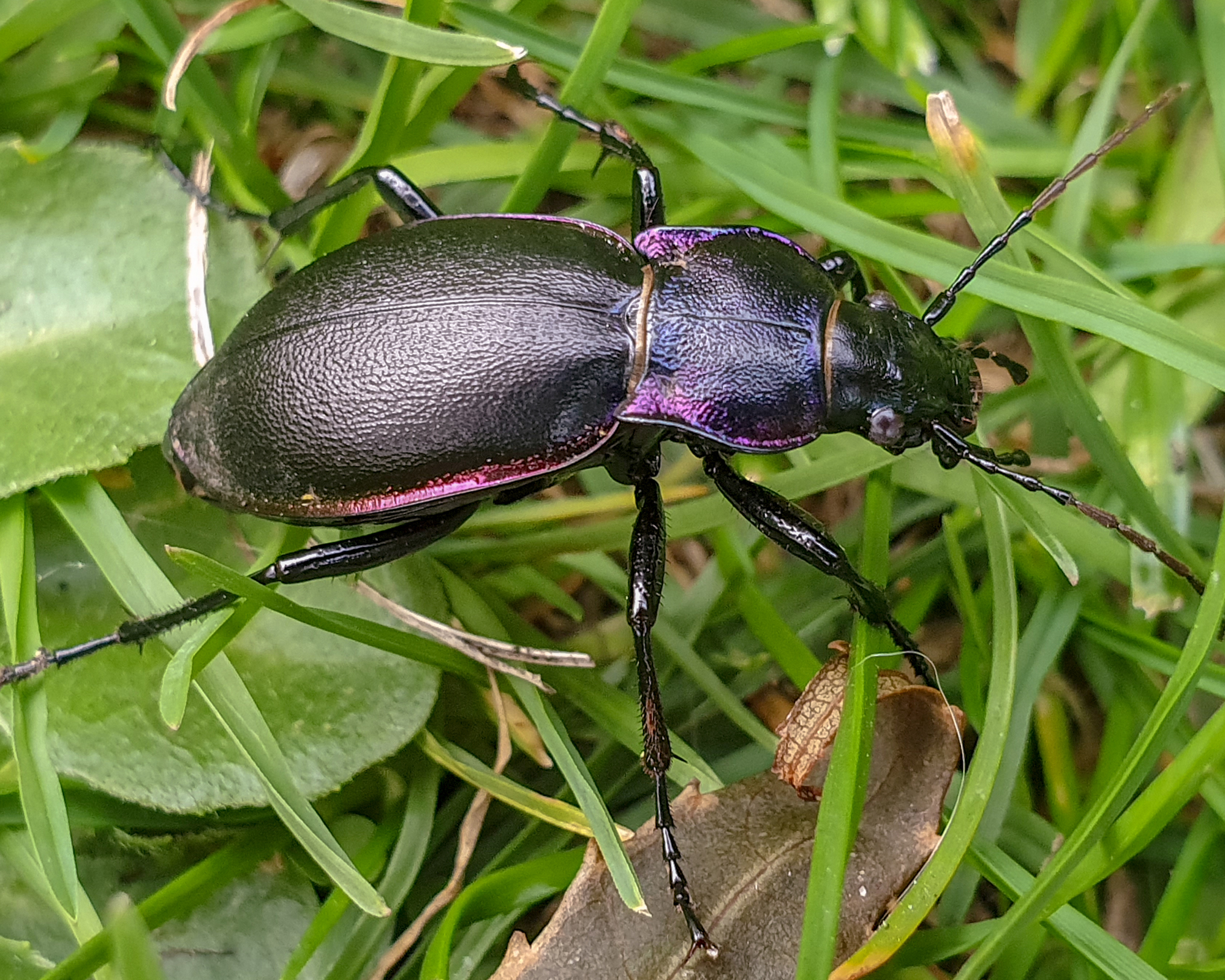It's not just bees that need our help – gardeners are urged to protect beneficial beetles, too
Beneficial beetles need you, says a new RHS and Wildlife Trusts campaign

Gardeners are being urged to help beneficial beetles this spring, as the Royal Horticultural Society (RHS) and The Wildlife Trusts launch 2021’s Wild About Gardens campaign. Bee conservation is gaining pace and is increasingly part of people's wildlife garden ideas, but it turns out that the key pollinators' less visible cousins are just as important.

The two charities are calling on gardeners to create habitats for these important but often overlooked insects that are a vital part of every healthy garden. Providing a patch for beetles, including ladybirds, ground beetles, and rose chafers, is a great way to encourage balance in the garden and boost biodiversity, with many species under threat from habitat loss, pesticide use, and climate change.
The UK has more than 4,000 beetle species and, although a handful may eat plants, many are predators, pollinators and decomposers. They ensure that your garden soil is healthy, which is crucial in any garden. Increasing beetle populations is also key to learning how to help hedgehogs.

- See: Best bee friendly plants: 12 beautiful ideas to try in your garden
Ladybirds help gardeners by eating aphids – those rose destroyers every gardener dreads – while some ground beetles feed on vine weevil grubs. Water beetles keep mosquito larvae under control in ponds. Even the much-maligned lily beetle provides food for three parasitoid wasps. Beetles also act as pollinators for magnolia trees, which evolved before bees even existed.
A new campaign guide published today, ‘Bring back our beetles’, includes ideas for making your garden more beetle-friendly this year:
- Build a beetle bank – adding a mound of soil, particularly in flat gardens, adds both shady and sunny habitat and provides shelter for lots of invertebrates.
- Make a dead hedge – structured piles of branches and twigs can be used to divide up an area of the garden and provide a residence for beetles as they rot away.
- Create a beetle bucket – perfect for small garden ideas, filling a bucket with rotting wood and leaves makes a home for all sorts of beetles and other insects.
Log and rock piles, plenty of pollen-rich flowers and not cutting back dead plant stems until late winter are other good ways to attract beetles and other wildlife. If you create spaces for beetles, you are going to create an eco-friendly garden that will benefit a range of species.

Helen Bostock, Senior Horticultural Advisor at the RHS says: 'Beetles are really cool. They come in so many shapes, sizes and colours and play lots of different roles in garden life – nibblers, pest controllers, pollinators, recyclers, and even undertakers. Like so much of our wildlife, they are under threat so we hope by shining a spotlight on them people will really start to appreciate and encourage beetles in their gardens.'
It's not just because they are beneficial to us that we should protect beetles. They also are beautiful and wonderful to watch. If you were fascinated by bugs as a kid, you may be surprised by how much they can still fascinate in adulthood. Ellie Brodie, Head of Land Management at The Wildlife Trusts commented: 'Beetles are such fascinating creatures – take the Maybug – look closely at its antennae, you’ll never see anything quite so exquisite!'
The downloadable ‘Bring back our beetles’ guide and more information about the campaign can be found on the Wild About Gardens website.
Anna writes about interior design and gardening. Her work has appeared in Homes & Gardens, Livingetc, and many other publications. She is an experienced outdoor and indoor gardener and has a passion for growing roses and Japanese maples in her outside space.
